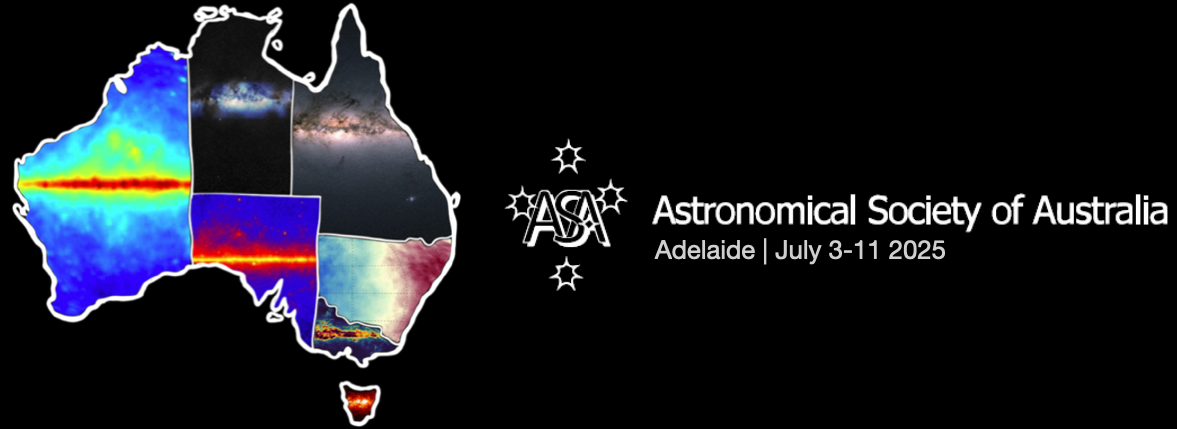Speaker
Description
Core Collapse Supernovae are powerful explosions marking the death of
massive stars. One of the most uncertain aspects of our understanding of the final stages of stellar evolution is the connection between the progenitor star, the type of explosion, and the resulting outcome, such as the formation of a compact object and/or an observable supernova. With the advent of ground-based optical surveys, more supernovae, especially nearby ones and those discovered a few hours after the explosion, are being detected. Data from both early and later observations provide a unique opportunity to study the explosion mechanism and the progenitor system.
Here we present a detailed analysis of the first ~100 days of evolution of nearby (z=0.003) Type IIb Supernova, SN2024iss, using high cadence optical to X-ray photometry and optical and near-infrared spectroscopy. Our spectra initially reveal strong lines consistent with other Type IIb supernova, but whose H-alpha profile shows an unusual high velocity (v~18000 km/s), indicating fast shock velocities. Its early light curve shows a characteristic double peak consistent with shock-break out indicating shock cooling or CSM interaction, before exhibiting re-brightening to a second peak which transitions quickly to radioactive powered and long-last decline. As strong shock-break out features seen in SN2024iss have been observed in only a small number of supernovae, this provides us with the opportunity to independently constrain the properties of the progenitor star. Here we place not only the spectroscopic properties but also the progenitor star properties into the context of other Type IIb and those that exhibit shock-break out features.

